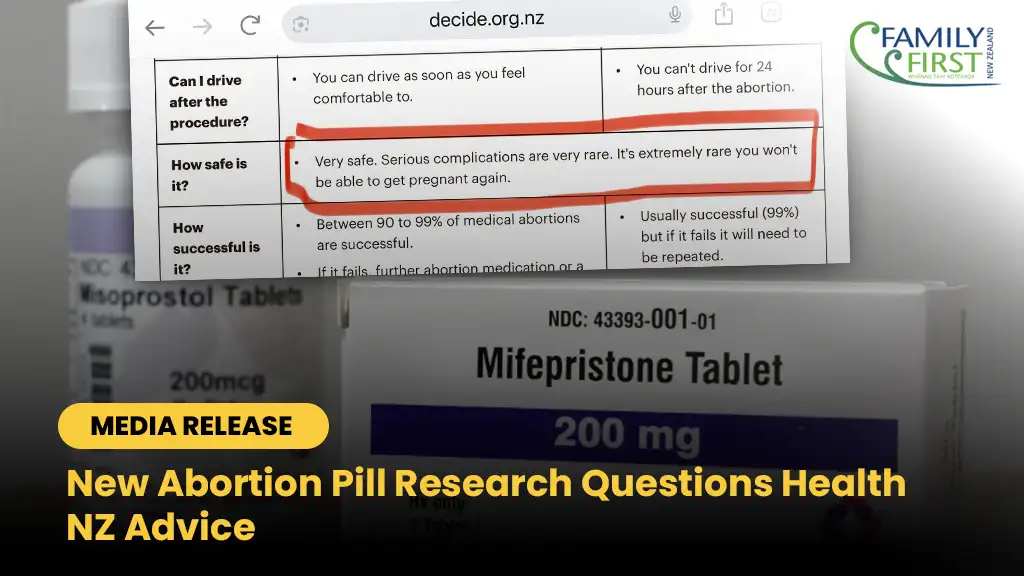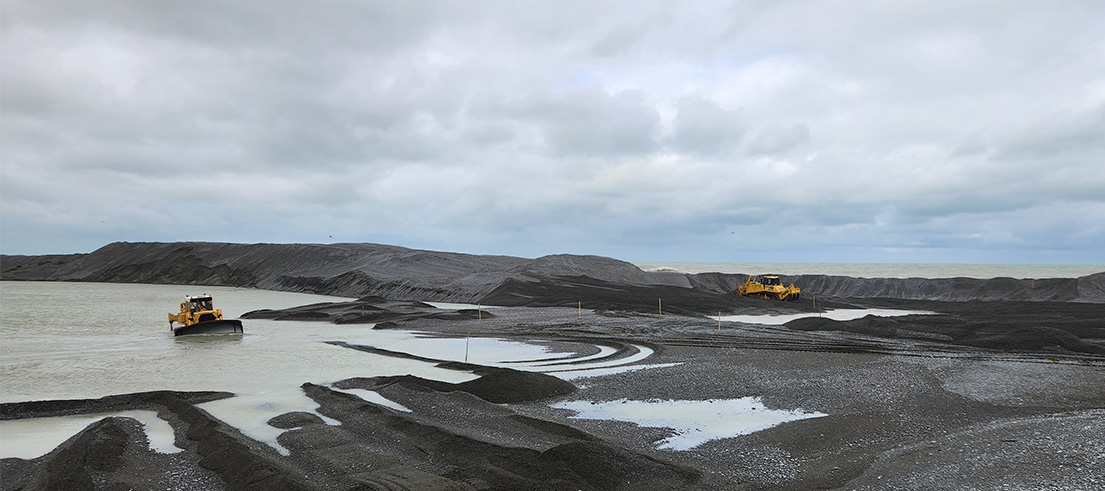Source: E-Commerce arrangement with China to boost Digital Exports
MEDIA RELEASE
2 May 2025
The U.S. Department of Health and Human Services (HHS) has released a report urging exploratory therapy for youth with gender dysphoria rather than the chemicalisation and surgical intervention approach.
This is yet another nail in the coffin of radical gender ideology and the medical experiments being foisted on our vulnerable young people.
The report says that many of these children and adolescents have co-occurring psychiatric or neurodevelopmental conditions, rendering them especially vulnerable, and is published against the backdrop of growing international concern about pediatric medical transition. They say:
Health authorities have also recognized the exceptional nature of this area of medicine. That exceptionalism is due to a convergence of factors. One is that the diagnosis of gender dysphoria is based entirely on subjective self-reports and behavioral observations, without any objective physical, imaging, or laboratory markers. The diagnosis centers on attitudes, feelings, and behaviors that are known to fluctuate during adolescence. Medical professionals have no way to know which patients may continue to experience gender dysphoria and which will come to terms with their bodies.
The report clearly outlines the risks of significant harm:
Nevertheless, the “gender-affirming” model of care includes irreversible endocrine and surgical interventions on minors with no physical pathology. These interventions carry risk of significant harms including infertility/sterility, sexual dysfunction, impaired bone density accrual, adverse cognitive impacts, cardiovascular disease and metabolic disorders, psychiatric disorders, surgical complications, and regret. Meanwhile, systematic reviews of the evidence have revealed deep uncertainty about the purported benefits of these interventions.
The report also says:
The “gender-affirming” model of care, as practiced in U.S. clinics, is characterized by a child-led process in which comprehensive mental health assessments are often minimized or omitted, and the patient’s “embodiment goals” serve as the primary guide for treatment decisions. In some of the nation’s 15 leading pediatric gender clinics, assessments are conducted in a single session lasting two hours.
The report rightly criticises the “gender-affirming” model of care recommended by the World Professional Association for Transgender Health (WPATH) – which is also the basis of NZ’s model via the activist group PATHA (Professional Association for Transgender Health Aotearoa), saying:
This model emphasizes the use of puberty blockers and cross-sex hormones, as well as surgeries, and casts suspicion on psychotherapeutic approaches for management of gender dysphoria… In the U.S., the most influential clinical guidelines for the treatment of pediatric gender dysphoria are published by WPATH and the Endocrine Society. A recent systematic review of international guideline quality did not recommend either guideline for clinical use after determining they “lack developmental rigour and transparency.”
Finally the report also calls out the harmful resistance to psychotherapy, including the mischaracterisation of such approaches as “conversion therapy” which actually affirms children in their biological body.
The rise in youth gender dysphoria and the corresponding demand for medical interventions have occurred against the backdrop of a broader mental health crisis affecting adolescents… There is a dearth of research on psychotherapeutic approaches to managing gender dysphoria in children and adolescents. This is due in part to the mischaracterization of such approaches as “conversion therapy.” A more robust evidence base supports psychotherapeutic approaches to managing common comorbid mental health conditions. Psychotherapy is a noninvasive alternative to endocrine and surgical interventions for the treatment of pediatric gender dysphoria. Systematic reviews of evidence have found no evidence of adverse effects of psychotherapy in this context.
Family First has written to the Director-General of Health Dr Diana Sarfati requiring the Ministry of Health to remove the reference to the PATHA Guidelines in the Position Statement on the Use of Puberty Blockers in Gender-Affirming Care issued by the Ministry on 21 November 2024.
The Guidelines for Gender Affirming Health care for Gender Diverse and Transgender Adults in Aotearoa New Zealand written by activists from PATHA makes statements on puberty blockers which are not supported by the findings from the Ministry’s own evidence brief, as summarised in the Position Statement on the Use of Puberty Blockers in Gender-Affirming Care, nor by other probative evidence.
Family First believes it is critical that the Ministry act immediately and make regulations under the Medicines Act to stop the prescribing of puberty blockers for delaying puberty in gender incongruent or gender dysphoric young people because there is insufficient quality evidence that puberty blockers are both safe and reversible and efficacious in the treatment of gender dysphoria.








